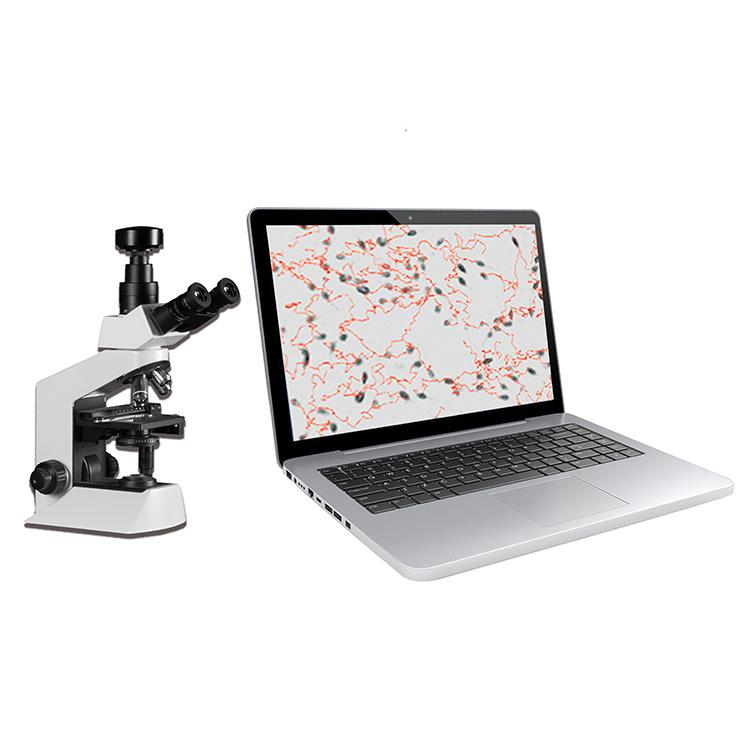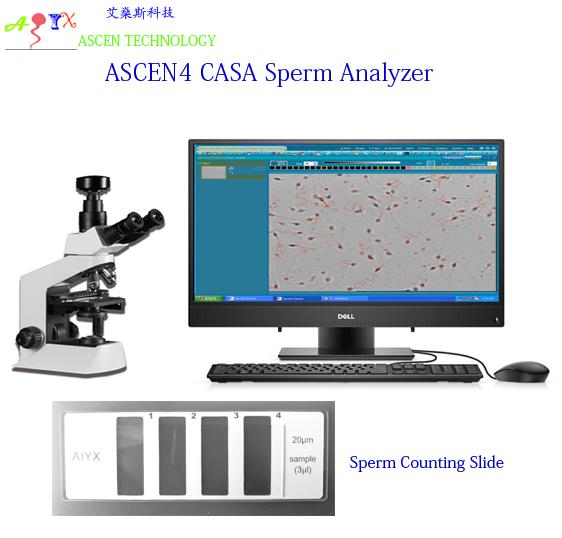


In this context, each possible individual setting within the software may have its eligibility – especially in the wide field of basic science. Only the knowledge of all important details makes it possible for the reader (of a report or publication) to understand scientifically the results of the described study. Parameters like this should be considered before buying a specific CASA device and scientific evaluation needs to take these information into consideration. Different frequencies can have a significant impact on the obtained results.

Īnother example of an important information is the image acquisition frequency e.g. Although an enormous amount of data (like the powerful parameter curvilinear velocity) can be generated from even one single measurement, it represents a tremendous opportunity to get a detailed view of the mechanism of adverse effects of a substance, but this amount of information is also a risk because the detailed relevance in prediction the natural conception is at least unclear. Various parameters like a smoothed path velocity, track velocity, straight line velocity, amplitude of lateral head displacement, or beat cross frequency can be obtained, and this allows a detailed view into the behavior of individual sperms. Examples for benefits of CASA are fast and detailed objective analysis combined with a high reproducibility, while using identical instrument settings.
#CASA SOFTWARE SPERM MANUAL#
One disadvantage of manual counting is that an effective use of the hemocytometer is highly dependent on accurate pipetting, dilution, and careful calculation, all of which are common sources of error. Both methods (manual and CASA) have their benefits and disadvantages (Table 1) but the most promising method is CASA. In contrast to manual counting, CASA uses hardware and software to visualize and evaluate consecutive images of viable sperms to obtain precise and valid information on the kinematics of individual sperms. Furthermore we try to define minimum standards which should be taken into consideration whenever working with computer-assisted sperm analysis in pre-clinical studies. In the following, we discuss the opportunities and pitfalls of CASA to analyze rat sperms in pre-clinical studies, by means of the specific CASA device TOX IVOS Sperm Analyzer from Hamilton Thorne. Hence, a thorough validation procedure as well as user training is absolutely necessary in order to profit from these powerful machines. Although CASA has several advantages as compared to manual analysis, the complex system is susceptible to false negative or positive results due to inappropriate use. Especially CASA is a powerful tool to investigate sperms and nowadays a lot of scientific laboratories use this technique.

The main methods for assessing sperm motility are manual counting and computer-assisted sperm analysis (CASA). Several parameters exist to assess male sperm quality and one of the most important is sperm motility. Although clinical studies deliver the most relevant knowledge, pre-clinical in vivo studies are important to understand the toxicological properties of work place related substances and are often the only possibility to test a substance in complex (in vivo) systems. Hence, it is of urgent need to investigate the potential adverse effects of substances found in working environments which may affect human semen quality. nanoparticles, which generally can reach the circulation and even reproductive organs to affect sperms, and also metal welding materials, or pesticides. One possible effect is an adverse influence on the quality of semen, which has been linked or at least discussed for a number of work place related substances – e.g. Exposure of workers to various substances at the work place may account for observed adverse health effects.


 0 kommentar(er)
0 kommentar(er)
